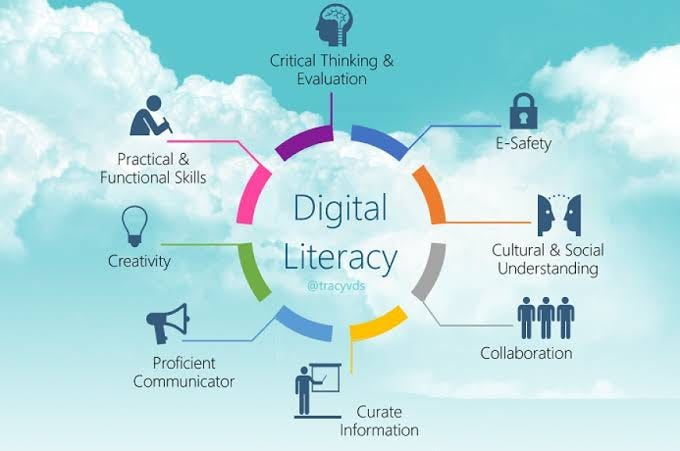Psychology of Netflix for it’s Teenage Bingers
- Akshina Ghosh

- Jul 9, 2022
- 3 min read
15% of the world’s web traffic goes to Netflix, which had seen another increase of 12% at the beginning of the pandemic. Do you want to know what strategies made its user unrestricted towards it?
Netflix that was first founded in the year 1997 as a DVD delivery service, today has kept the world wide-eyed through its supernormal prosperity with around 200 million subscribers in a span of two decades. Netflix stands as the leading streaming service worldwide that offers its customers a wide range of TV series, movies, documentaries and many more to enjoy from the comfort of their home.
Entertainment streaming addiction is so prevalent among teens. The impact of the “Netflix Effect” Dr. Renee Carr, Psy.D, explained to NCB News "When binge watching your favorite show, your brain is continually producing dopamine, and that experience produces a pseudo-addiction to the show because you develop cravings for dopamine."
Netflix exerts below mentioned psychological strategies to attract and retain users towards it:
THE ENDOWMENT EFFECT: Endowment effect is the unwillingness of people to part with what they own once they have fostered a sense of attachment. All of us fell prey to Netflix's endowment effect strategy and subscribed to Netflix after the free 30-day trial period. We all make the best use of the trial period given, and unknowingly we get accustomed to it. That’s when we begin to pay and extend our subscription and once we begin to pay, unsubscribing seems exigent. Humans tend to prefer objects they already possess over those they do not, a principle that generates unvarying consumers to a company.
PERSONALIZATION: Netflix’s Recommendation Engine succor Netflix’s challenge of landing the size of its around 50,000 content library, by quickly surfacing the most relevant titles for an individual. The Choice Overload Effect, a behavioral science principle, suggests that “lots of options will attract customers to browse, but fewer options get them to buy”. Netflix’s recommendation engine was set-up to bring the right content in front of the right people, to significantly increase “hours per subscriber per month” and research has proven that personalized content is more noticeable to customers.
THUMBNAIL DESIGN: Netflix was a trailblazer of thumbnail optimization in digital market media. Initially Netflix used general purpose images, but by optimizing thumbnails with faces conveying emotion that aligns with the title’s genre or when a thumbnail features a famous or “polarizing” character, it performs better. Netflix’s ability to serve relevant and optimized content is what makes its experience industry-leading.
TOP TEN: ‘Top ten' lists naturally grab people’s attention. Research states that 83% of consumers in 60 countries trust social proof over any other form of marketing persuasion. Hence, Netflix uses Social Proof to help users overcome the psychological risk of trying something new. Also, Netflix’s “Trending Now” category is another work of Social Proof which surfaces what’s popular across the platform.
RECIPROCITY PRINCIPLE: Netflix came up with many designs showing all the content available, but the reaction was opposite to what they had expected noticing that the users got distracted, so Netflix came up with a banner that showed some upcoming movies and TV shows to encompass the urge to continue subscribing.
Since the creation of Netflix, people have turned towards streaming videos online. In the past twenty years, Netflix has grown tremendously and it’s the applications of psychology and behavioral science have helped create such an engaging experience and create, in their words: “…a 100 million different products, with one from each of our members.”
The young people who have quick access to Netflix often prefer it to other types of activity, which has led them to be lonely, aloof, lazy, get low academic grades, face sleep issues, even mental health issues to some extent.
For further reading:
Effects on brain








Comments